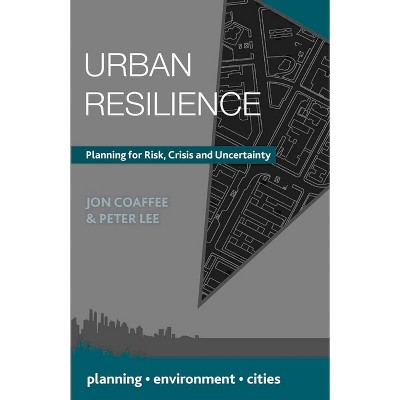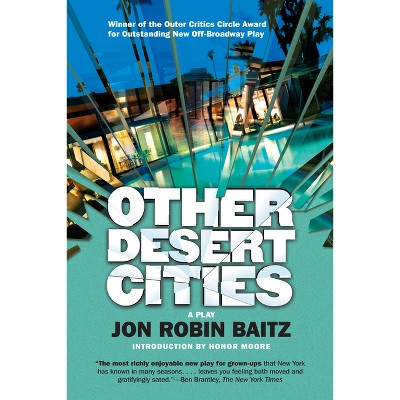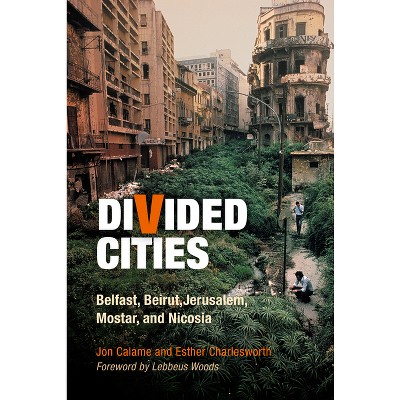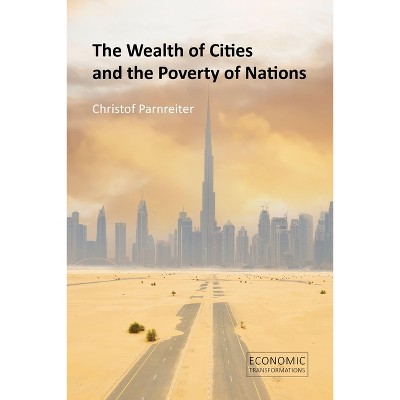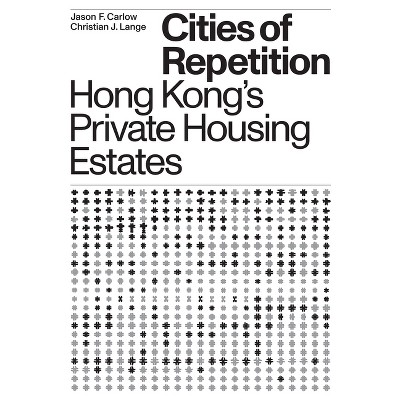The Hidden Wealth of Cities - by Jon Kher Kaw & Hyunji Lee & Sameh Wahba (Paperback)

About this item
Highlights
- In every city, the urban spaces that form the public realm--ranging from city streets, neighborhood squares, and parks to public facilities such as libraries and markets--account for about one-third of the city's total land area, on average.
- About the Author: The World Bank came into formal existence in 1945 following the international ratification of the Bretton Woods agreements.
- 450 Pages
- Business + Money Management, Urban & Regional
Description
About the Book
This book identifies effective strategies to plan, create and manage government and privately-owned public urban spaces, and explores the broad spectrum of ways to govern public spaces and how they can be financially sustainable assets.Book Synopsis
In every city, the urban spaces that form the public realm--ranging from city streets, neighborhood squares, and parks to public facilities such as libraries and markets--account for about one-third of the city's total land area, on average. Despite this significance, the potential for these public-space assets--typically owned and managed by local governments--to transform urban life and city functioning is often overlooked for many reasons: other pressing city priorities arising from rapid urbanization, poor urban planning, and financial constraints.
The resulting degradation of public spaces into congested, vehicle-centric, and polluted places often becomes a liability, creating a downward spiral that leads to a continuous drain on public resources and exacerbating various city problems. In contrast, the cities that invest in the creation
of human-centered, environmentally sustainable, economically vibrant, and socially inclusive places--in partnership with government entities, communities, and other private stakeholders--perform better. They implement smart and sustainable strategies across their public space
asset life cycles to yield returns on investment far exceeding monetary costs, ultimately enhancing city livability, resilience, and competitiveness.
The Hidden Wealth of Cities: Creating, Financing, and Managing Public Spaces discusses
the complexities that surround the creation and management of successful public spaces and draws on the analyses and experiences from city case studies from around the globe. This book identifies--through the lens of asset management--a rich palette of creative and innovative strategies that every city can undertake to plan, finance, and manage both government-owned
and privately owned public spaces.
About the Author
The World Bank came into formal existence in 1945 following the international ratification of the Bretton Woods agreements. It is a vital source of financial and technical assistance to developing countries around the world. The organization's activities are focused on education, health, agriculture and rural development, environmental protection, establishing and enforcing regulations, infrastructure development, governance and legal institutions development. The World Bank is made up of two unique development institutions owned by its 185 Member Countries. The International Bank for Reconstruction and Development (IBRD) focuses on middle income and creditworthy poor countries and the International Development Association (IDA), which focuses on the poorest countries in the world.Shipping details
Return details
Trending Non-Fiction






